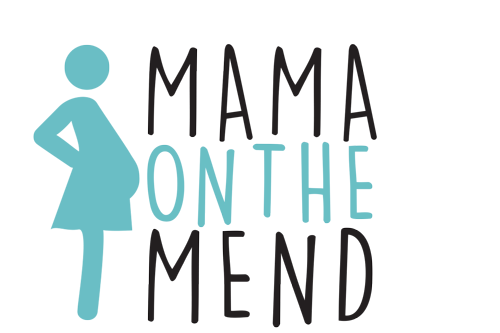
It dawned on me recently that I should view my pelvic floor injury from giving birth in a similar way: rehab the heck out of it, and do maintenance when it acts up!
Coming to this revelation took self-reflection. I resented the idea of perpetual maintenance of my pelvic floor. Why can't it just work? I also resisted viewing my experience giving birth as "traumatic" or that it injured me. Those words "injury" and "trauma" are so loaded, especially when it comes to the act of giving birth.
But, then I realized, I don't have to view giving birth as "either/or." Birthing my son was an intense, emotional, difficult, easy, magical, real, out-of-body, in-the-body experience. Regardless of what emotion I attach to the experience, the reality is that I did sustain a pelvic floor injury.
“Scar tissue needs to be rehabbed too,” says Lauren Collins a pelvic physical therapist at Body Connect Health and Wellness.
Honestly, what a concept!
You’ve heard of writing a birth plan, but have you thought about your preferences after delivery?
I know. I know. You’re sick of planning and writing things down in anticipation of something, for which no amount of preparation will fully prepare you.
Here’s the thing. A lot happens in the first 24-72 hours of giving birth, and while you think the hard part is done, it’s just the beginning.
It took me seven months after giving birth to get myself to see a pelvic physical therapist (PT). But I should have gone much sooner. Perhaps around the six-week postpartum mark.
Instead I suffered more than half a year with a wobbly back, unstable-feeling hips, back and shoulder pain, vaginal heaviness, and incontinence (urinary, gas, and ocassionally fecal). I hoped it would all go away on its own since, well you know, childbirth is natural.
Congratulations! You had a baby or you're about to. Your poor awesome bottom is (will be) most definitely sore. In the midst of taking care of that precious little human, don't forget to care for the orifice she came out of. If you didn't already do so, put together a postpartum kit to nurse that vagina and supporting area back to health. Better yet, have someone grab these items for you.
Pump-at-work mamas. You get extra kudos on this Labor Day. Why? Because pumping is damn laborious. Doing it at the office is at best, awkward. At worst, it solicits hostility.
Regardless of where you pump, it's labor-intensive. All those plastic parts. The sanitizing. Finding a plug. Hooking your boobs up to a mechanical suction. The careful transferring of expressed milk from container to cooler or bag. The whoosh, whoosh, whooshing.
Doctors might give us the green light to exercise 4-6 weeks postpartum, but that often feels too soon. Parts are still jiggling, joints feel loose, muscles chronically ache, and fatigue is overwhelming.
It might take some time to work up to an exercise routine. But there’s a lot we can do to gently wake up some of our muscles. We can gradually and deliberately ease ourselves back into physical activities with these four Pilates exercises that engage our inner unit.
You'd ice a bump, bruise, or injury right? You vagina after childbirth deserves that kind of care too. Forget the diaper with ice cubes shoved in it (as they do in hospitals). Make your own crotchsicles, or better yet have someone make them for you.










There was once a time when a woman who just gave birth was encouraged and expected to do little else than rest, recover, and nurse the baby. This was called lying in—a time for mother and infant to convalescence for the days and weeks after childbirth.